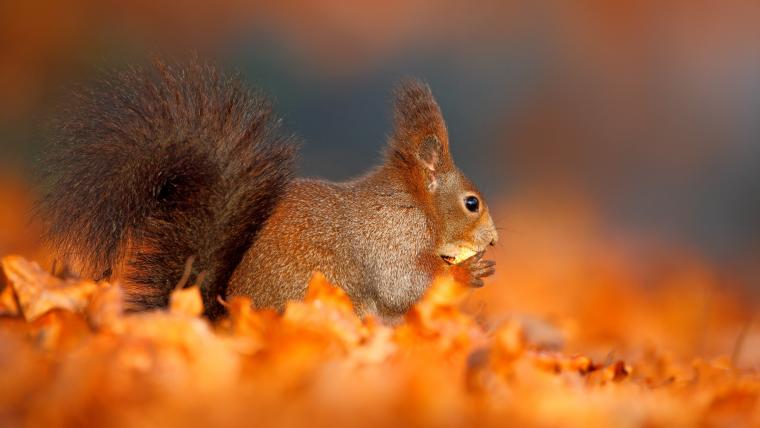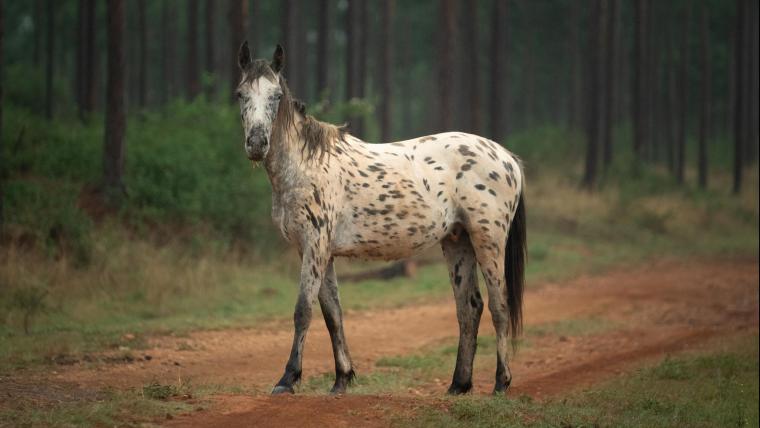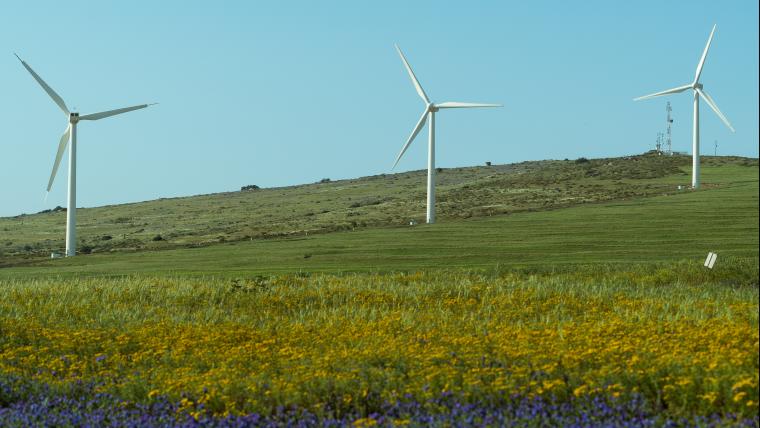
Why a squirrel’s answer to reforestation is nuts
Whether taking a walk through a forest, relaxing in the park, or admiring a garden, there will most likely be a squirrel in your path. The mammals are prolific around the world, indigenous to every continent except Australia and Antarctica. They’re found in a variety of habitats and climates, near trees and wooded areas where they nest and find food. In Europe and northern Asia, one native species is the red squirrel, which has distinctive tufts on its ears and a russet brown colour. But these rodents are being threatened by another – the grey squirrel.
Endemic to North America, the grey squirrel was brought to Europe in 1876 and has dominated the squirrel population ever since. Twice the size of the red squirrel and notorious thieves, they steal food stashed away by others in preparation for winter. They also carry squirrelpox, a disease fatal to squirrel subspecies aside from the grey squirrel. The numbers of the indigenous red squirrel have subsequently been decimated while grey squirrels have flourished. In order to halt the rapid reproduction of grey squirrels, conservationists have introduced predators of the species. Where red squirrels use their agility, speed, and small size to avoid becoming prey, grey squirrels are not as lucky.
Squirrels are an essential part of their ecosystem. Through storing seeds, nuts, and cones during colder months, squirrels inadvertently plant millions of trees with their uneaten food. Losing squirrels would have a detrimental impact on forested areas. In order for the environment to retain its delicate balance, we need to protect every animal, even the ones we may take for granted.
Footage by Niki Colemont was used in the creation of this film.






























Please sign in to leave a comment